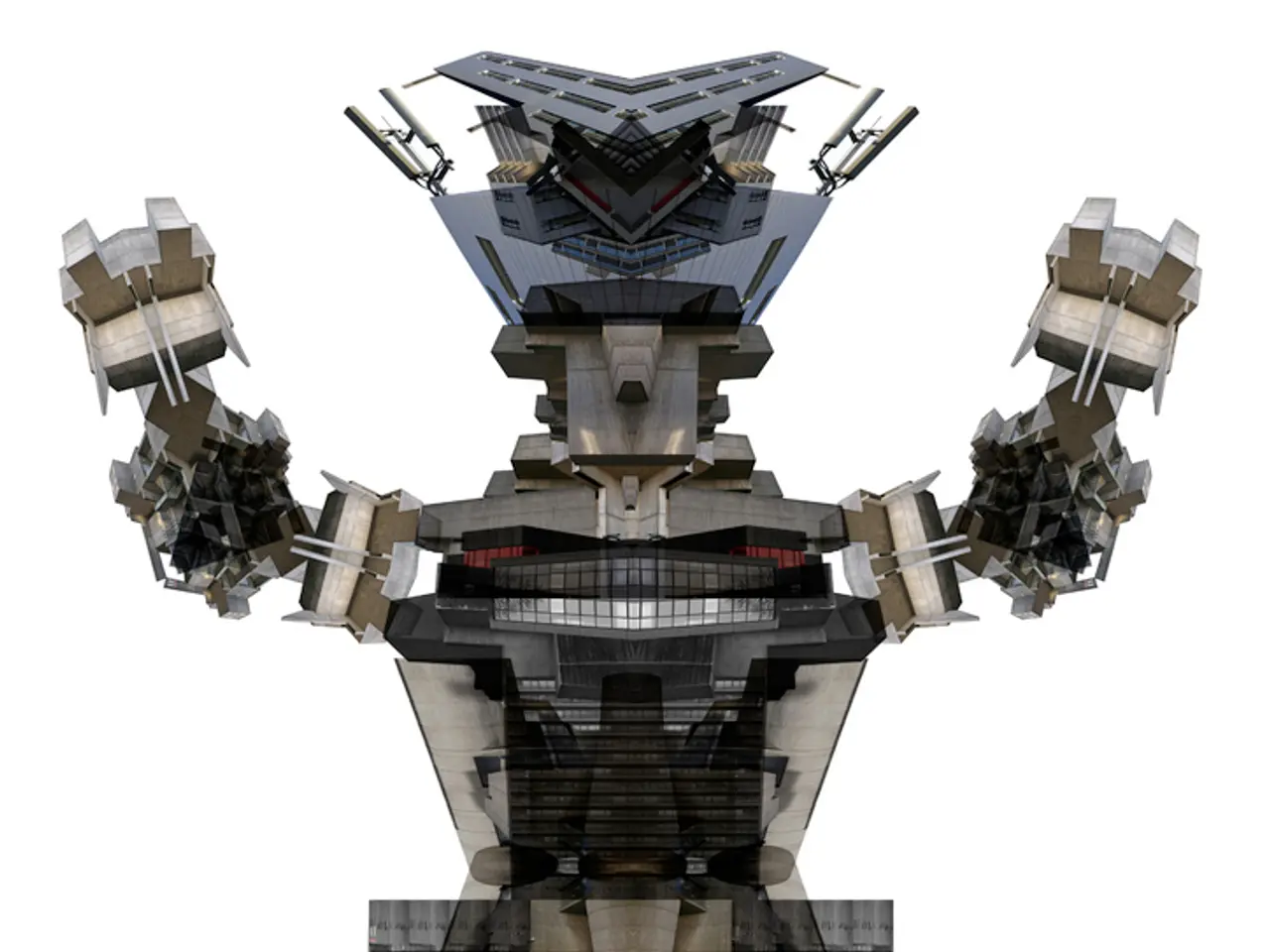Progress in Robotic Surgery: A Colonoscopy Machine Developed
The global market for surgical robots is poised for significant growth, with a Compound Annual Growth Rate (CAGR) of over 15% projected from 2021 to 2026. Among the latest advancements in this field is the colonoscopy robot, a game-changer in surgical robotics offering a promising future for the medical industry.
These advancements in colonoscopy robots are characterised by softer, slimmer, and self-propelling robotic platforms, active capsule endoscopes with robotic guidance, and semi-autonomous operation capabilities. These innovations improve maneuverability, precision, and patient comfort by reducing manual manipulation and operator fatigue. Moreover, robotic systems are increasingly integrating therapeutic functions such as biopsy and ablation for combined diagnosis and treatment in one procedure.
The benefits of these advancements are manifold. Enhanced precision and three-dimensional visualization allow better access to difficult anatomical areas. Reduced patient discomfort is achieved due to softer, automated, and more controlled navigation. Increased clinical adoption demonstrates potential for lower conversion rates during surgery, faster recovery times, and the capability to perform both diagnostic and therapeutic functions in a single session. Semi-autonomous control decreases operator fatigue and may increase procedural consistency. Integration with AI for real-time guidance is improving decision-making and outcomes.
However, the clinical superiority of robotic-assisted surgery over traditional laparoscopy remains inconclusive, with mixed evidence on long-term oncological outcomes and cost-effectiveness. Potential deskilling of clinicians has been observed, where reliance on AI-assisted colonoscopy systems might reduce manual detection skills during non-AI procedures, raising concerns for patient safety and operator proficiency. High costs and economic implications of robotic systems pose challenges for widespread adoption. The need for comprehensive training and adjustment to new workflows can be a barrier.
Looking ahead, the future outlook points to rapid growth in AI-based surgical robots with a projected CAGR of over 16% through 2035. Upcoming innovations focus on AI-driven adaptive learning platforms that refine robot performance through machine learning, integration with imaging modalities such as intraoperative MRI and augmented reality to enhance surgical planning and targeting, expansion of robotic surgery into general surgery, ENT, orthopedics, ambulatory care, pediatric, and specialized procedures, development of modular, compact surgical robots suitable for outpatient and procedure-specific applications, subscription service models providing continuous software updates and analytics to extend system capabilities without hardware changes, and closer collaboration between robotics providers and academic medical centers for clinical validation and early adoption.
In summary, robot-assisted colonoscopy and surgical systems are becoming more precise, automated, and therapeutic, offering significant potential to improve patient outcomes and procedural efficiency. However, challenges in clinical validation, cost, training, and human skill retention remain important considerations as these technologies continue to evolve and integrate AI for broader medical applications. It is crucial for medical professionals, researchers, and stakeholders to develop guidelines and regulations to ensure the safe and effective use of surgical robots, and to address ethical concerns such as potential increased costs, technical difficulties, and limited availability.
- The integration of AI in surgical robots is improving decision-making and outcomes, significantly contributing to the medical-conditions sector and health-and-wellness.
- The global medical-industry is witnessing rapid growth in the adoption of AI-based surgical robots, with a projected Compound Annual Growth Rate (CAGR) of over 16% through 2035.
- The colonoscopy robot, an advancement in surgical robotics, offers a future filled with potential, thanks to its semi-autonomous operation capabilities, improved precision, and patient comfort.
- Technology is revolutionizing the medical field, with robotic systems exhibiting increased clinical adoption and promising to lower conversion rates during surgeries, accelerate recovery times, and facilitate combined diagnosis and treatment.
- In the realm of science and technology, the ongoing development of AI-driven adaptive learning platforms for surgical robots aims to refine robot performance, expand robotic surgery into various medical-conditions, and enhance surgical precision and efficiency.




